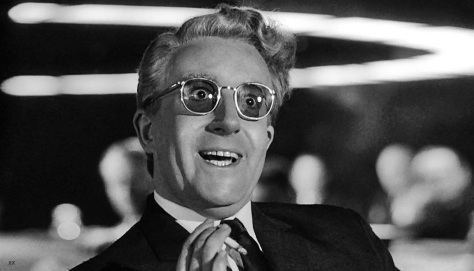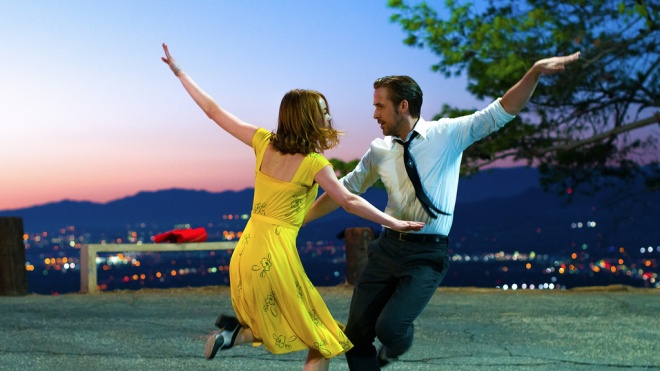Nicolas Winding Refn is quite possibly one of the best visual directors of our time. His movies are impeccably shot and are the absolute definition of eye candy. Bronson (2008), Drive (2011) as well as the Pusher series (1996-2005) from early on in his career helped to establish the visual style of Refn’s films and created anticipation for future projects. With the release of highly divisive Only God Forgives (2013), arguments about whether Refn’s films prioritize visual style in expense of substance started to pop up. The debate was only amplified upon the release of The Neon Demon in 2016.
Personally, I happen to enjoy Refn’s films more than most. I have still to see the Pusher series, as well as Valhalla Rising (2009), but I’m up to date on the rest of his work. Out of Drive, Only God Forgives and The Neon Demon, it’s interesting to see how Refn has retained a certain visual aesthetic to his films. They look remarkably “clean”, which could be down to the digital age of film, but with Refn, his use of digital cameras seems to make his work look more polished and perfected. This directly contrasts what can actually be seen within the frame, where gore and violence are all heavily prominent.
So we’ve established that his films look great, but what about the story? The general consensus is that Drive is his best work, and that everything after it is perhaps not so great. Personally, I feel like Drive is a little overrated, the story has never really done anything for me. I never really bought the relationship between Stunt Driver (Ryan Gosling) and Irene (Carey Mulligan). It felt relatively forced, yet the context surrounding the relationship still gives it some strength. Gosling’s character has been involved in the criminal underworld for a long time and sees Irene as his way out. Once people threaten her existence, he must do everything he can to prevent it. Sure, its a decent plot, but for me when I watch Drive, the main thing catching my eye is the cinematography.
What about Only God Forgives? Upon a first viewing, I was bored out of my mind and actually stopped paying attention to what was going on. Suffice it to say I didn’t remember much after the viewing. Then a few years later The Neon Demon was released, and I ended up liking it quite bit. I decided to give Only God Forgives another shot, and it’s now probably my favourite of Refn’s films. I have come to appreciate when action is shot well, specifically hand to hand fight scenes, and this film delivers in that department. Well choreographed fight scenes along with other action sequences tend to not hide through the power of editing. There is a significantly less number of cuts in comparison to an average summer blockbluster – where I can barely make out what’s going on. It’s pacing is very slow, but I’d take a film takes it’s time to develop its ideas rather than feeling rushed. This in itself has left me feeling a lot more appreciative of the film, and gaining a new found love for it’s badass characters, such as Chang the Police Chief (Vithaya Pansringarm), who is hinted to be the physical embodiment of God himself. I mean, just watch this:
Also, The Neon Demon might be the weirdest out of the lot. In my opinion it’s the best shot out of any of his works, cleverly using colours and other imagery to emphasize the deterioration of Jesse’s (Elle Fanning) innocence. Many would argue that the film’s ending is just outright nuts and that Refn should definitely see a doctor. But ultimately, there’s a deep undertone to most of his films. I think it would ignorant to suggest that his works favour style over substance. The difference with these films is that the viewer may have to dig a little deeper to find the real meat of the Danish director’s films.



